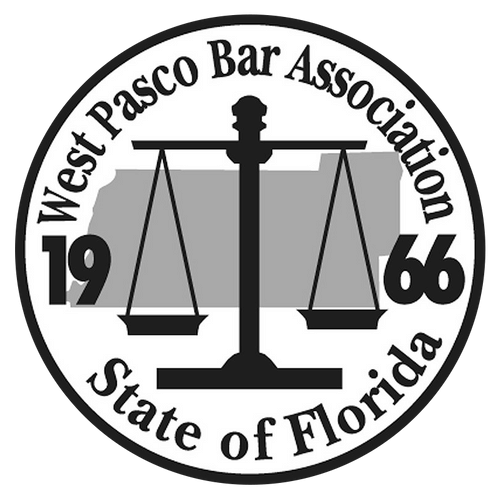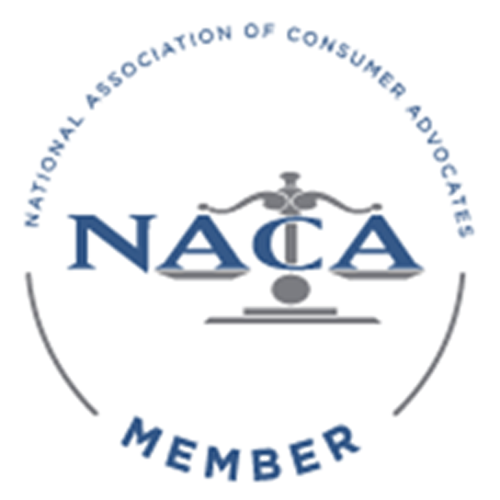Remodify Your Mortgage to Save Your Home
 If you’re in danger of losing your home to foreclosure, it’s important to know that you have options available to you. One of those options is a loan modification, commonly referred to as a “remodification” or a “mortgage modification.” As its name suggests, a loan remodification involves changing the original terms of a mortgage to allow for reduced monthly payments, thereby enabling the homeowner to catch up on the amount they still owe to the bank.
If you’re in danger of losing your home to foreclosure, it’s important to know that you have options available to you. One of those options is a loan modification, commonly referred to as a “remodification” or a “mortgage modification.” As its name suggests, a loan remodification involves changing the original terms of a mortgage to allow for reduced monthly payments, thereby enabling the homeowner to catch up on the amount they still owe to the bank.
Your Loan Remodification Options
If you choose to remodify your mortgage, the types of changes that you make will depend on the circumstances of your case. For example, your bank might agree to:
- Permanently forgive a portion of what you still owe toward the mortgage principal
- Let you repay a portion of the mortgage principal at a later time (this defers the debt, rather than erasing it)
- Reduce your interest rate
- Extend your deadline to make your final loan payment
- Forgive part of your loan balance in exchange for a percentage of any appreciation in home value that occurs before you either pay off your loan or sell your home (this is known as a “shared appreciation plan”)
How to Remodify Your Mortgage
If you’re interested in remodifying your mortgage, the first thing you’ll need to do is contact an experienced foreclosure defense lawyer. Loan modifications can be difficult to negotiate on your own, and an attorney will be able to recommend the case strategy that’s best suited to your situation, then advocate on your behalf to help you achieve the best possible results.
If your lawyer agrees that you’d benefit from a mortgage remodification, the next step will be proving that:
- You have sufficient financial hardship.
- You’ll be able to afford the modified payments that you’re proposing to the bank.
To do this, you’ll need to submit a thorough financial disclosure to your bank, including supporting documentation. You may also need to provide additional information to your bank depending on the types of modifications you’re hoping to make (for example, to qualify for a shared appreciation plan, you’d need to show proof of a significant decrease in home value). A foreclosure lawyer can explain what your submission needs to include, help you collect all of the necessary documents, and forward everything to your bank.
Other Foreclosure Defense Options
If it turns out that a loan remodification isn’t the best fit for your specific circumstances, don’t worry—there are numerous other ways to save your home from foreclosure. These include:
- Case dismissal – If your bank doesn’t possess the documents and testimony that it needs to prove its case against you, you might be able to get the case dismissed.
- Short sale – If you sell your home for less than the amount still owed on it, your bank may agree to provide you with a waiver of deficiency.
- Cash for keys – If you agree to transfer title, your bank could potentially provide you with a cash incentive for doing so and release you from your obligations.
Loan Modification Lawyers Serving the Tampa Bay Community
As was noted above, when you’re facing a potential foreclosure, the first thing you should do is reach out to a qualified foreclosure attorney. If you’re in the Tampa Bay region, you can confidently turn to The Lyons Law Group, P.A. Founded in 2008, we’ve become one of the area’s top foreclosure defense firms. Our team has extensive experience with mortgage remodifications and the other options listed above, and we’ll help determine which one will serve you best.
Contact The Lyons Law Group, P.A., today to schedule a free initial consultation with one of our skilled foreclosure lawyers. With offices in New Port Richey, FL, and Spring Hill, FL, we proudly serve clients from across Pasco and Hernando counties and the surrounding area.





